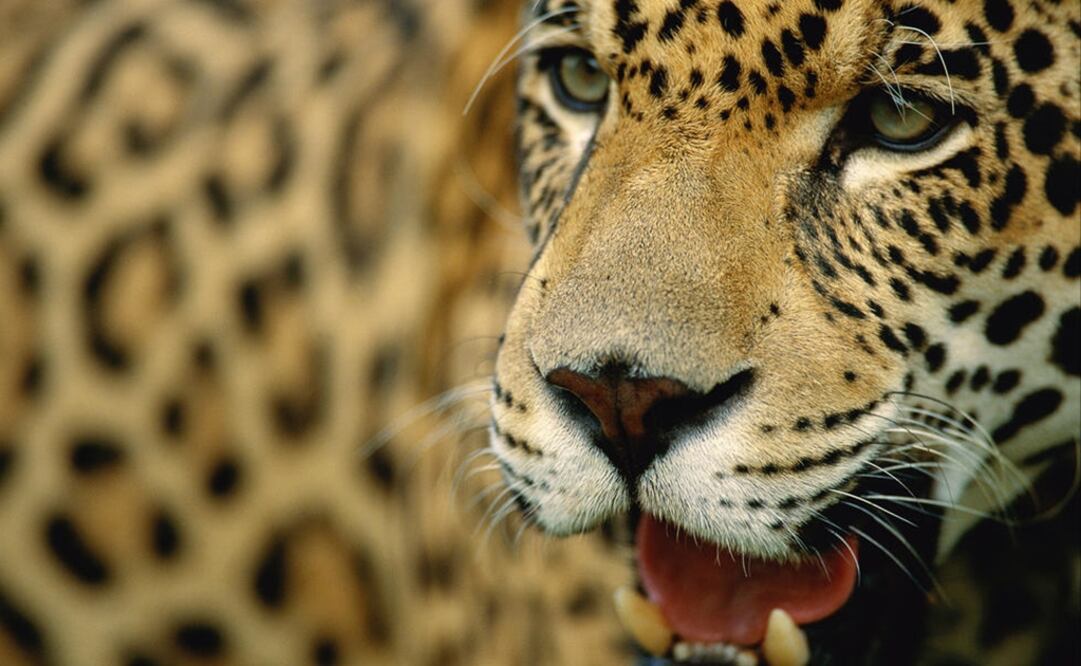According to the National Jaguar Census of 2018 , conducted by the Institute of Ecology at the National Autonomous University of Mexico (UNAM), Mexico currently has a population of 4,800 jaguars living in the wild , which represents a 20% increase with regard to 2010 .
This population growth is due to an increase of forest cover in the last two decades among other factors, according to Dr. Gerardo Ceballos , an investigator at the Ecology Institute of UNAM who coordinated the study on jaguars.
The species is present in 18 Latin American countries and, according to the International Union for Conservation of Nature (IUCN) , “there are only 64,000 specimens left living in the wild,” 90% of them live in the Amazon . Mexico’s jaguar population is one of the most threatened in the continent, which is why the conservation of the species is a top priority.

The investigators decided to place 369 camera traps in 11 strategic places : Los Chimalapas (Oaxaca), Laguna Om and El Edén (Quintana Roo), Punto Puc (where the states of Campeche, Yucatán, and Quintana Roo converge), Montes Azules and La Sepultura (Chiapas), Nevado de Colima (Jalisco), the Abra Tanchipa mountain range (San Luis Potosí), the Chilpancingo mountain range (Guerrero), and Sahuaripa (Sonora).
25 academic groups representing 16 institutions
took part in the operation, supported by the World Wildlife Fund (WWF), the Telmex Telcel Foundation, and the National Council of Protected Areas.
“The presence of the jaguar ensures the proper functioning of the ecosystem in regulating the herbivore population. It also serves as an indicator of an ecosystem’s well-being,” explained Heliot Zarza, vice president of the National Alliance for the Preservation of the Jaguar, at a statement from WWF Mexico.
According to the WWF, the jaguar can weigh over 220 pounds , though Mexican specimens rarely weigh over 132 . It usually feeds on peccary, deer, tepezcuintle, armadillos, monkeys, and crocodiles.
dm
Noticias según tus intereses
[Publicidad]
[Publicidad]














